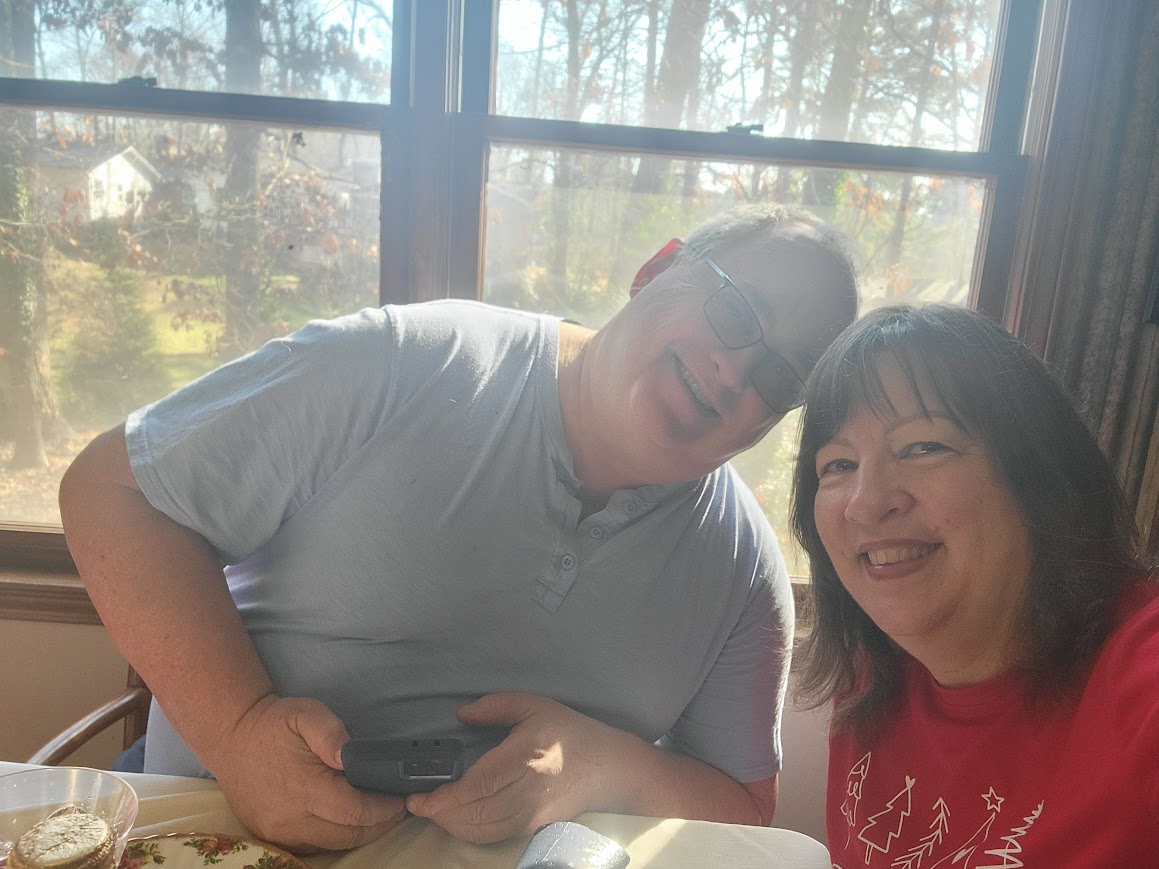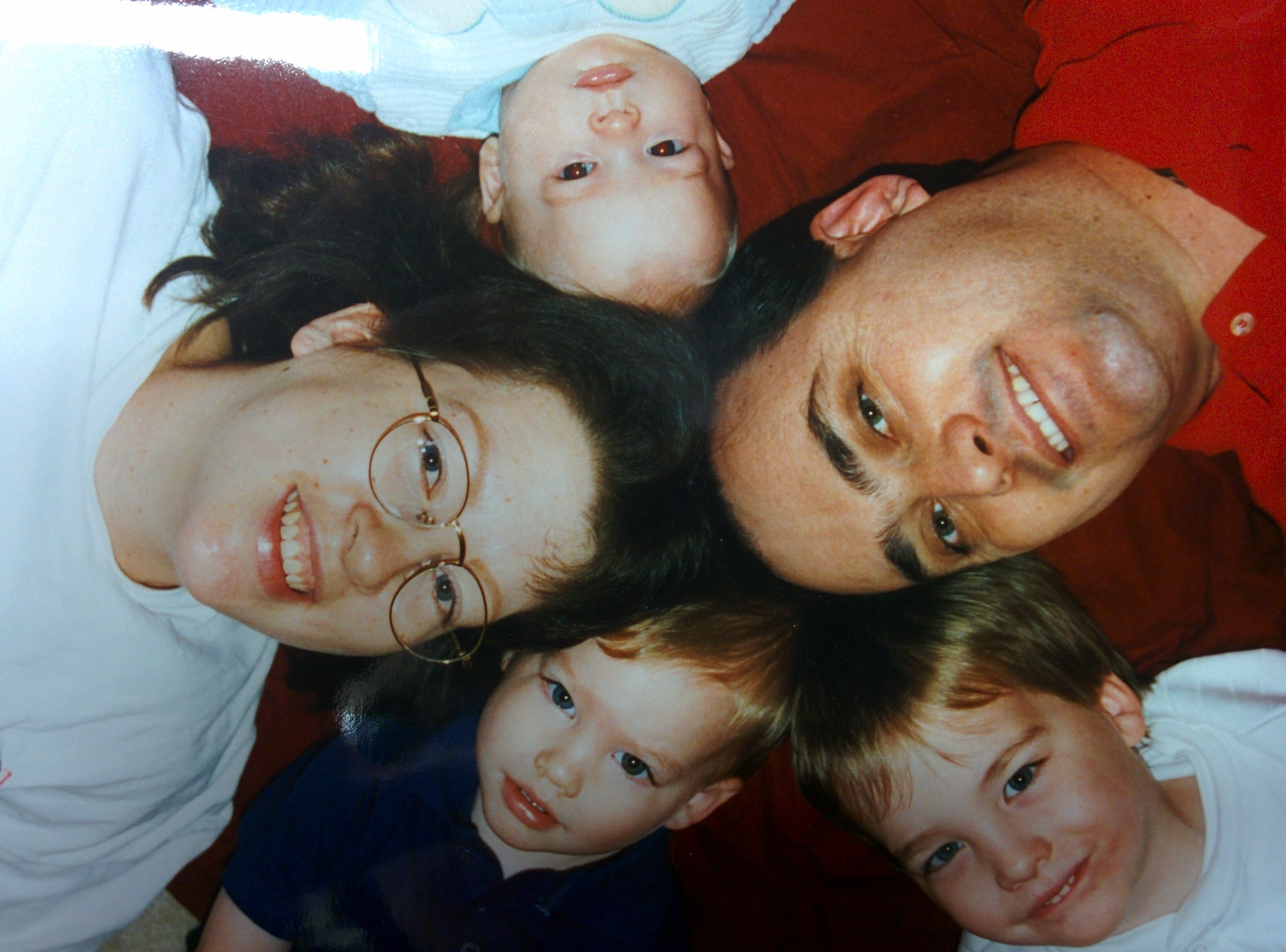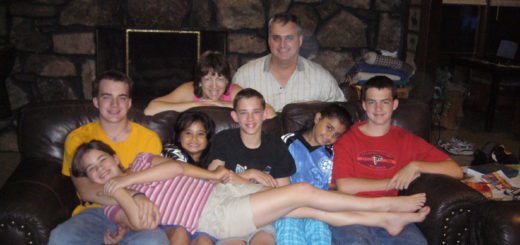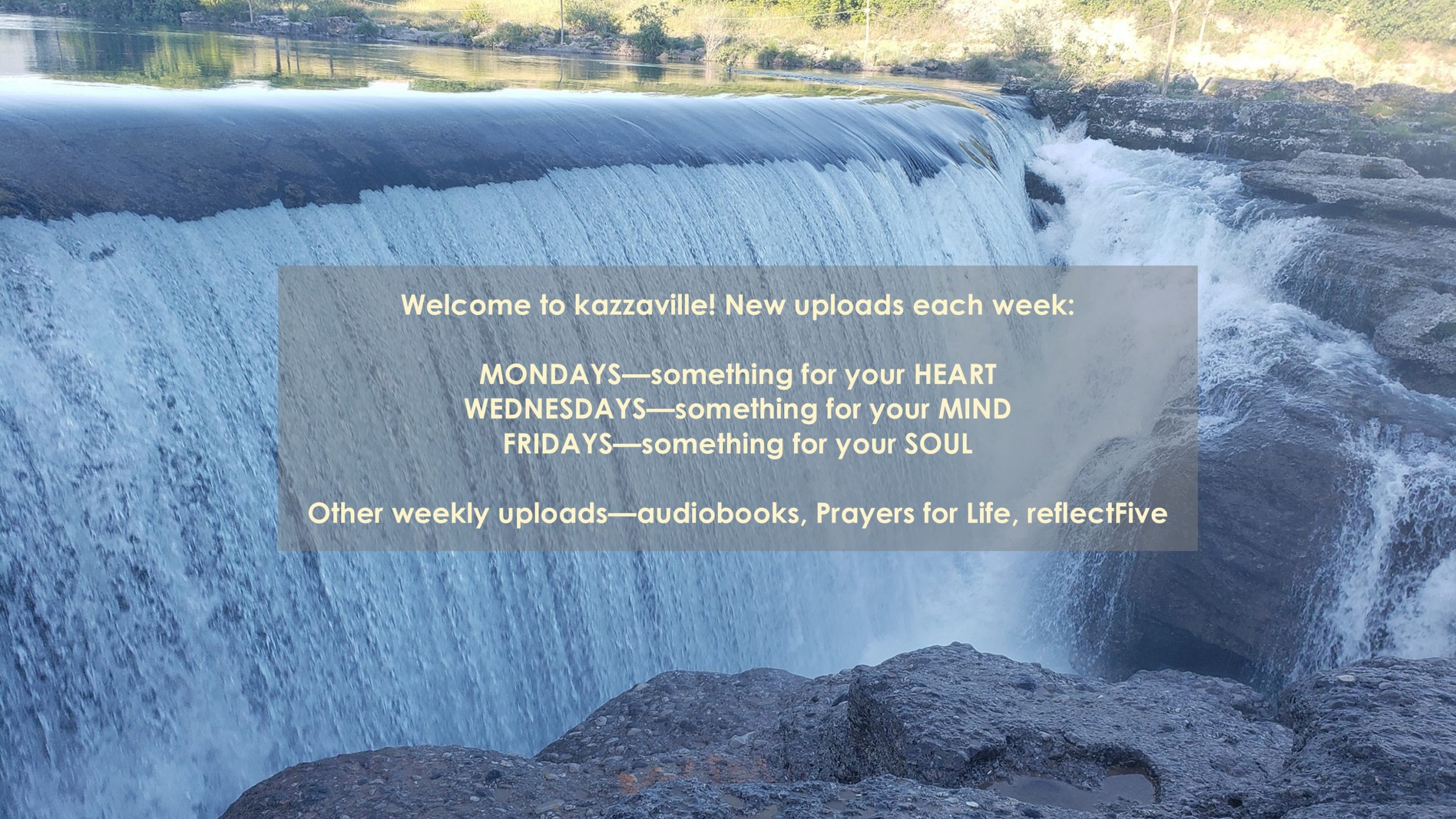The Friendly Beasts

“The Friendly Beasts” – January 5th, 2025 (Carols of Christmas, week 5)
For today’s text, we will read seven verses from 1 John 3 – “11 For this is the message you have heard from the beginning, that we should love one another … 14 We know that we have passed from death to life because we love one another … 16 We know love by this, that he laid down his life for us—and we ought to lay down our lives for one another. 17 How does God’s love abide in anyone who has the world’s goods and sees a brother or sister in need and yet refuses help? 18 Little children, let us love, not in word or speech, but in truth and action … 23 And this is his commandment, that we should believe in the name of his Son Jesus Christ and love one another, just as he has commanded us. 24 All who obey his commandments abide in him, and he abides in them. And by this we know that he abides in us, by the Spirit that he has given us.”
One of the Christmas traditions our family has enjoyed over the years is that of making modeling clay figurines of the nativity. Sometimes each person is given a specific assignment, so we don’t end up with no shepherds, two Mary’s, or three baby Jesus’s. Along with the holy family and shepherds, you might also expect the wise men along with their camels and gifts, the star, and perhaps a few sheep. One year we had a dinosaur and a couple of sci-fi visitors to Bethlehem. In any case, the list of figurines can get pretty extensive. But there are other figurines that, while not explicitly mentioned in the biblical text, were most definitely present. After all, after Jesus was born, Mary placed him in a manger. Mangers had two primary uses. Mangers were used in farms and houses alike as a communal place in which animal fodder was processed. This was done by beating the cereal plant (primarily wheat or barley) in order to separate the grain or seeds from the inedible parts, the chaff. Mangers were also the places in which oxen, cows, sheep, and donkeys were fed.
This tradition of creating a nativity scene dates back to the 12th century. St. Francis of Assisi was born into a wealthy family and lived a life of luxury before suffering illness and experiencing a radical encounter with Jesus Christ, after which he lost interest in worldly things. Francis became known for founding the order of Franciscans and for embracing a life of voluntary poverty. He is also associated with patronage of animals and the environment.
Around 1220, Francis came up with the idea of celebrating the birth of Jesus Christ by reproducing the nativity scene inside a grotto. Francis had had a longstanding desire that everyone would be able to celebrate Christmas together, this “feast of feasts.” He desired that the poor and the hungry sit at the tables of the rich. He wanted the oxen and asses, those humble beasts who had warmed the body of the baby Jesus with their breath, to be given more than the usual amount of grain and hay.
In his enthusiasm and joy, he even pleaded with the Emperor to enact laws that would require people to provide well for the poor, the beasts, and the birds, so that all of them could rejoice together in the Lord’s birth! Francis wrote, “All mayors and of cities and lords of castles and villages should be bound to oblige people on the Nativity of the Lord to scatter wheat and other grain along the roads outside towns and villages, so that all the birds, but especially our sister larks, may have something to eat on such a solemn feast. Also, out of reverence for the Son of God, whom His Virgin Mother on that night laid in a manger between an ox and ass, everyone should have to give brother ox and brother ass a generous portion of fodder on that night. Likewise, on the Nativity of the Lord, all the poor should be fed their fill by the rich.” It was Francis’s desire that all of creation should rejoice at Christmas. For animals and birds, that meant providing them with more comfort and better food. Because of Francis, there grew a widespread practice of being especially kind to animals at Christmas, allowing them to share in the joy of the feast.
Meanwhile, around the same time, various medieval legends arose concerning what happened to animals on Christmas Eve. In his Handbook of Christian Feasts & Customs, Francis X. Weiser says that “the sacred character of the night from December 24 to 25 has been acknowledged from ancient times by the term ‘Holy Night.’” There was a hallowed and mysterious note of celebration and wondrous goodness ascribed to this night. Weiser goes on to describe some legends of how animals talk at midnight on Holy Night, noting that their favorite language seems to be Latin. In an old French mystery play, the cock crows with a piercing voice, “Christus natus est” (Christ is born); the ox moos, “Ubi?” (Where?); the lamb answers, “Bethlehem”; and the ass brays, “Eamus!” (Let us go!).
It can be easy to dismiss medieval folklore and legends, especially when they relate stories of talking animals. They may seem silly or unscientific to our modern ears. And yet they open our eyes to the beauty and wonder of Christmas, and they contain profound spiritual truths. The main point here, is, I think, that the entire world is touched by Jesus’ birth! The animals, childlike by nature, untouched by human cynicism or apathy or self-reliance, are ready to together receive and act upon the good news that Christ is born!
Listen to Weiser’s evocative description of medieval Christian belief: “A spirit of peace and adoration was thought to prevail over the whole world, and nature was pictured as taking part in this joyful observance … The cattle in the stables fall on their knees at midnight on Christmas; so do the deer in the forest. The bees awake from sleep and hum a beautiful symphony of praise to the Divine Child; but only those can hear it who are dear to the Lord … also all trees and plants, especially on the banks of the Jordan, bow in reverence toward Bethlehem.”
Christ is born. Now every part of creation and every soul – humans, animals, plants – is charged with God’s presence and responds to the coming of the Savior.
It is out of these traditions which began over 800 years ago, that today’s Christmas Carol arose. Before we participate in the song as it stands today, we will start with the song from which it originated, a poem written in 12th century France and set to the melody of the Latin song, “Orientis Partibus.”
The original lyrics were designed to give thanks for the ass on which Mary rode. It was sung as part of a very solemn celebration in which a young woman carried a child on an ass through the streets of each town and into the church, where it remained throughout the worship service. Each stanza includes the refrain, “Hail, Sir Donkey, Hail!”
“Orientis Partibus” (Castle Musicale)
From the East the donkey came,
Stout and strong as twenty men;
Ears like wings and eyes like flame,
Striding into Bethlehem.
Hail, Sir Donkey, Hail!
Faster than the deer he leapt,
With his burden on his back;
Though all other creatures slept,
Still the ass kept on his track.
Hail, Sir Donkey, Hail!
That brings us to today’s Christmas Carol. “The Friendly Beasts” is a traditional Christmas song about the gifts that a donkey, cow, sheep, camel, and dove give to Jesus at the Nativity. The English words were written in the 1920s by Robert Davis as part of a work entitled The Coming of the Prince of Peace: A Nativity Play with Ancient Christmas Carols. “The Friendly Beasts” is set to the Latin song we heard earlier, “Orientus Partibus,” and has been recorded by many artists including Harry Belafonte; Garth Brooks; Peter, Paul and Mary; and Johnny Cash.
We are going to enjoy the Tennessee Ernie Ford version today, because this video pairs it with beautiful illustrations from a beloved children’s author, Tomie dePaola. I believe these together beautifully capture the heart of the Good News.
This Christmas Carol starts and ends by putting the focus on Jesus. Jesus was born! Jesus is our brother, strong and good. Jesus is Emmanuel, God-with-us! The song also describes where Jesus was born and who stood around him! Four verses describe the gifts offered by the friendly beasts:
- The donkey provides safe and reliable transportation, giving the holy family the means to get to Bethlehem.
- The cow provides gracious and generous hospitality, giving Jesus a sheltering space.
- The sheep provides an enfolding and fleecy comforter, giving Jesus needed warmth and protection from the elements.
- The dove and its mate provide a peaceful and sympathetic presence, giving Jesus and his parents a place of rest.
The closing line encapsulates the best part about this Christmas Carol: “And every beast … was glad to tell of the gift he gave Emmanuel.”
In closing, I want to invite us to respond personally to God. In a moment, we are going to sing and celebrate with two other songs that carry a very similar message – “I can join in the joy of Jesus by offering myself and all that I have been given in worship to God.”
For the first song, we are going to embody our worship by making a joyful noise with some pa-rum-pa-pum-pums.
Our final song today is a prayer. I encourage you to join me in surrendering to the Lord today all that you are and all that you have.
“Christ is born … let us go!”
“And every beast … was glad to tell of the gift he gave Emmanuel.”
“Our finest gifts we bring … to lay before the King … so to honor him … I played my best for him.”
“Here am I, all of me, take my life, it’s all for Thee.”




